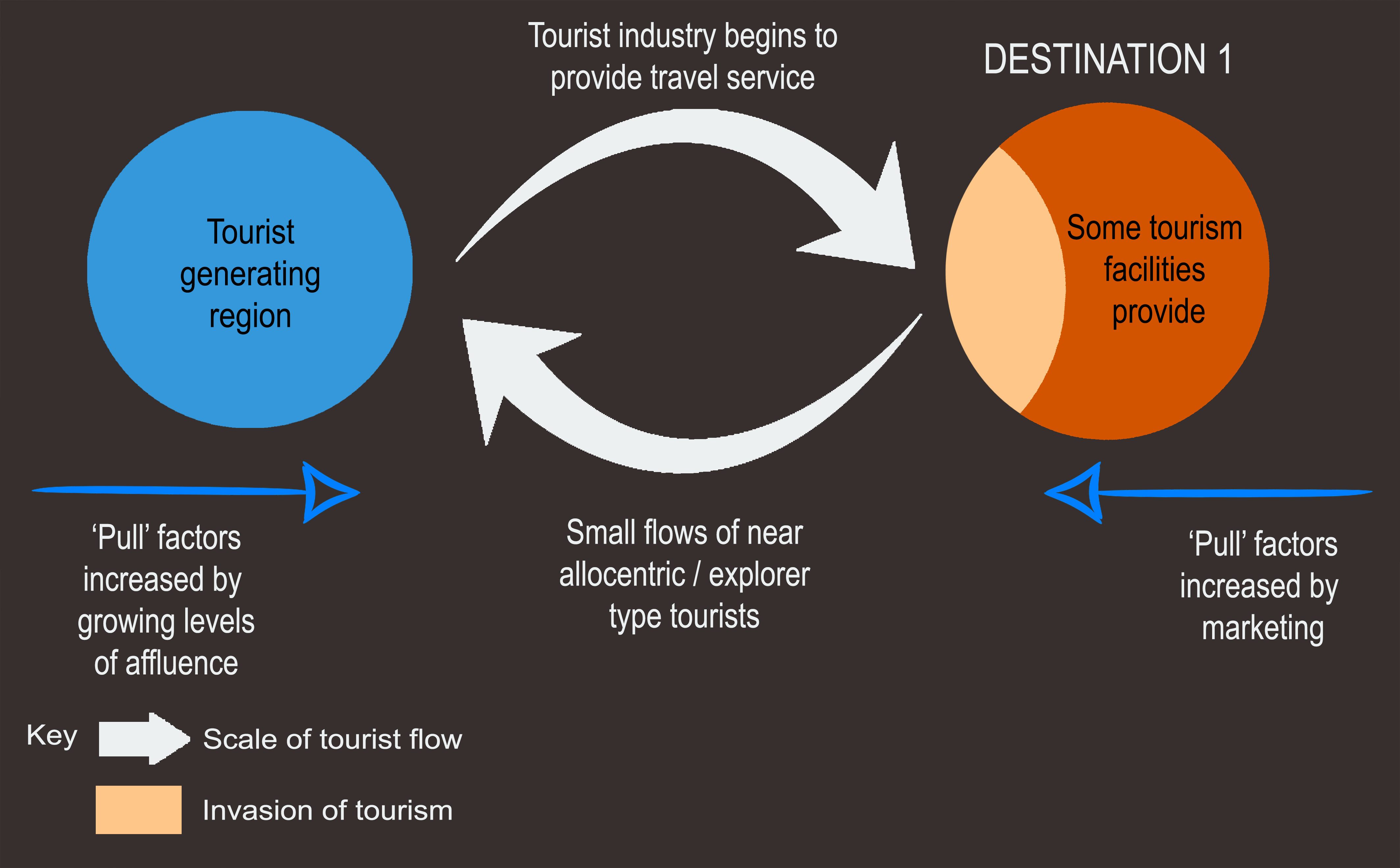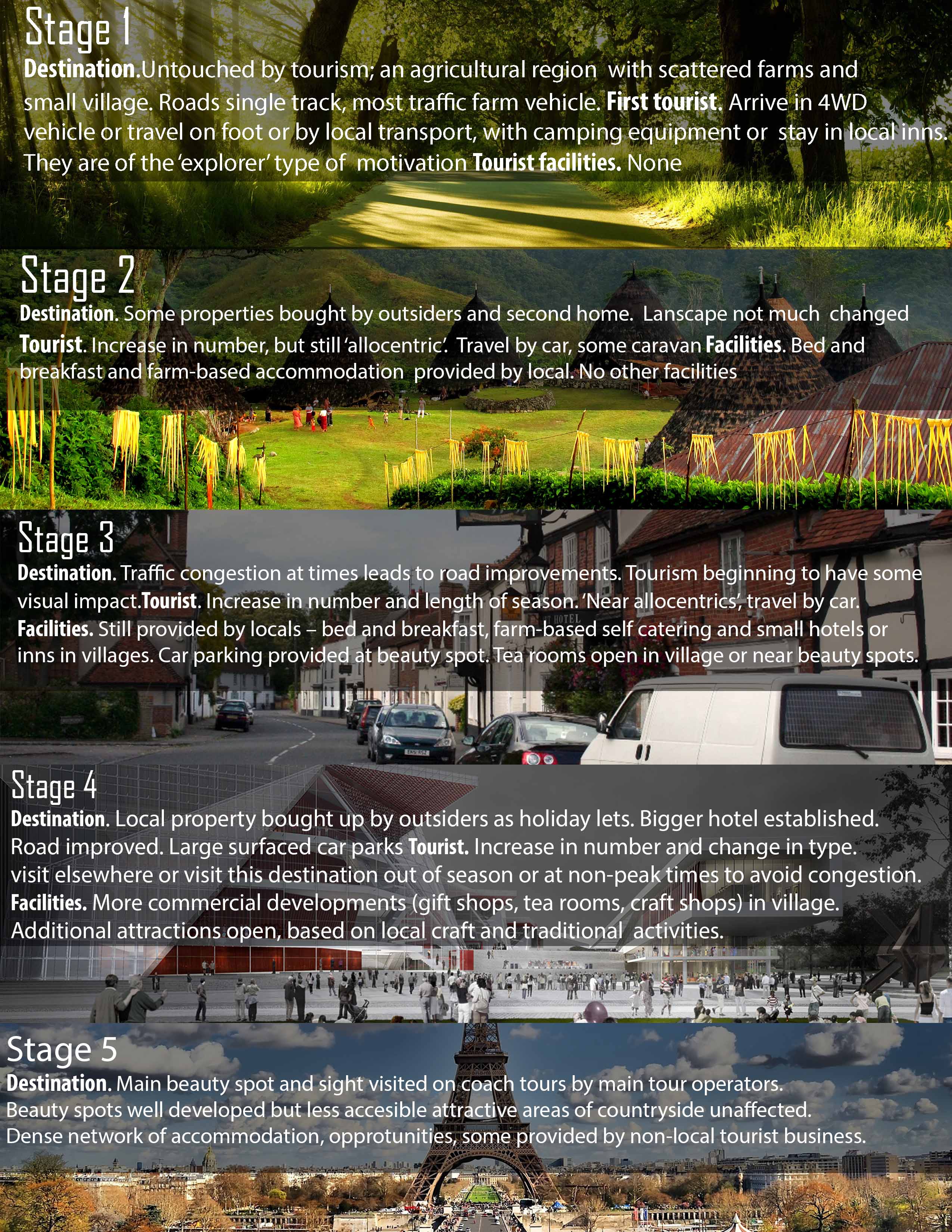Umum
 | TOURIST ATTRACTIONS DEVELOPMENT (AT3003) Credit : 3 Master Program, Trisakti Institute of Tourism |  | ||
|---|---|---|---|---|
Dr. Diena Mutiara Lemy | ARIEF FAIZAL RACHMAN, SST.Par., M.T. 08111928790 |
Dear students,
Welcome to Tourist Attractions Development course. The course will take you to the development of tourist attraction, such as marine and mountainous area , cultural and heritage, rural and urban, the use of world climate for attraction, and last but not least, it is a transportation for tourist attraction development. Hope you will enjoy your trip
Course Description:
You will start your trip by finding out:
- use of geography and spatial aspect that is used for tourist attraction, including climate factor at the destination
- push and pull factor of travel pattern where people as a host and guest interaction at the destination
- development process of physic and non-physic at each tourist attraction, such as uniqueness, facilities, infrastructure, transportation and local hospitality
- it is also important to recognize impacts of development in social, economy, cultural and environment.
During the course, we urge each of you to:
- read the materials provided as well as surf the net for more resources
- follow the schedule diligently
- participate in the face-to-face meetings
- participate in online discussion forum
- do the given assignment anad submit it at the given time
- work collabotaively in group as well as work on individual basis
Here are the topics you are going to learn :
- Introduction to Tourist Attraction Development
- Marine Tourist Attraction Development
- Historic Tourist Attraction Development
- Cultural Tourist Attraction Development
- Nature Base Tourist Attraction Development
- Rural Tourist Attraction Development
- Urban Tourist Attraction Development
- Transport for Tourist Attraction Development
References:
Eiseman JR, F.B. 2012. Bali: Sekala & Niskala: Essay on Religion, Ritual and Art. Hongkong: Tuttle Publishing
Fridgen, J.D. 1990. Dimensions of Tourism. USA: AHMA Education Institute
Bell, S. 2008. Design for Outdoor Recreation. New York: Taylor & Francis
Burton, R. 1995. Travel Geography. London: Pitman Publishing
Fay, B. 1992. Essential of Tour Management. New Jersey: Prentice Hall
Gunawan, M.P. 2009. Pergeseran Paradigma Pembangunan Pariwisata Indonesia. Program Studi Perencanaan Wilayah dan Kota, Sekolah Arsitektur Perencanaan dan Pengembangan Kebijakan. Proceeding Seminar Internasional Perencanaan Wilayah. Bandung: Institut Teknologi Bandung.
Halpeny, E.A. 2002. Tourism in Marine Protected Areas dalam Tourism in National Parks and Protected Areas: Planning and Management. Edited by Eagles, P.F.J., McCool, S.F. Canada: CABI Publishing.
Hall, C.M., Harkonen, T. 2006. Lake Tourism: An Integrated Approach to Lacustrine Tourism System. Great Britain: Cromwell Press.
Mancini, M. 2000. Selling Destination. New York: Pitman Publishing
Rachman, A.F., Hutagalung, M.H., Silano, P.R.2013. Pemandu Wisata (Teori dan Praktik: City Tour, Excursion dan Overland Tour). Jakarta: Media Bangsa
Rachman, A.F. 2014. Geografi Pariwisata Jawa dan Bali. Jakarta: Media Bangsa
Swarbrooke, J. 2002. The Development and Management of Visitor Attractions. Oxford: Butterworth Heinemann
Show/Hide







 +
+












 +
+


